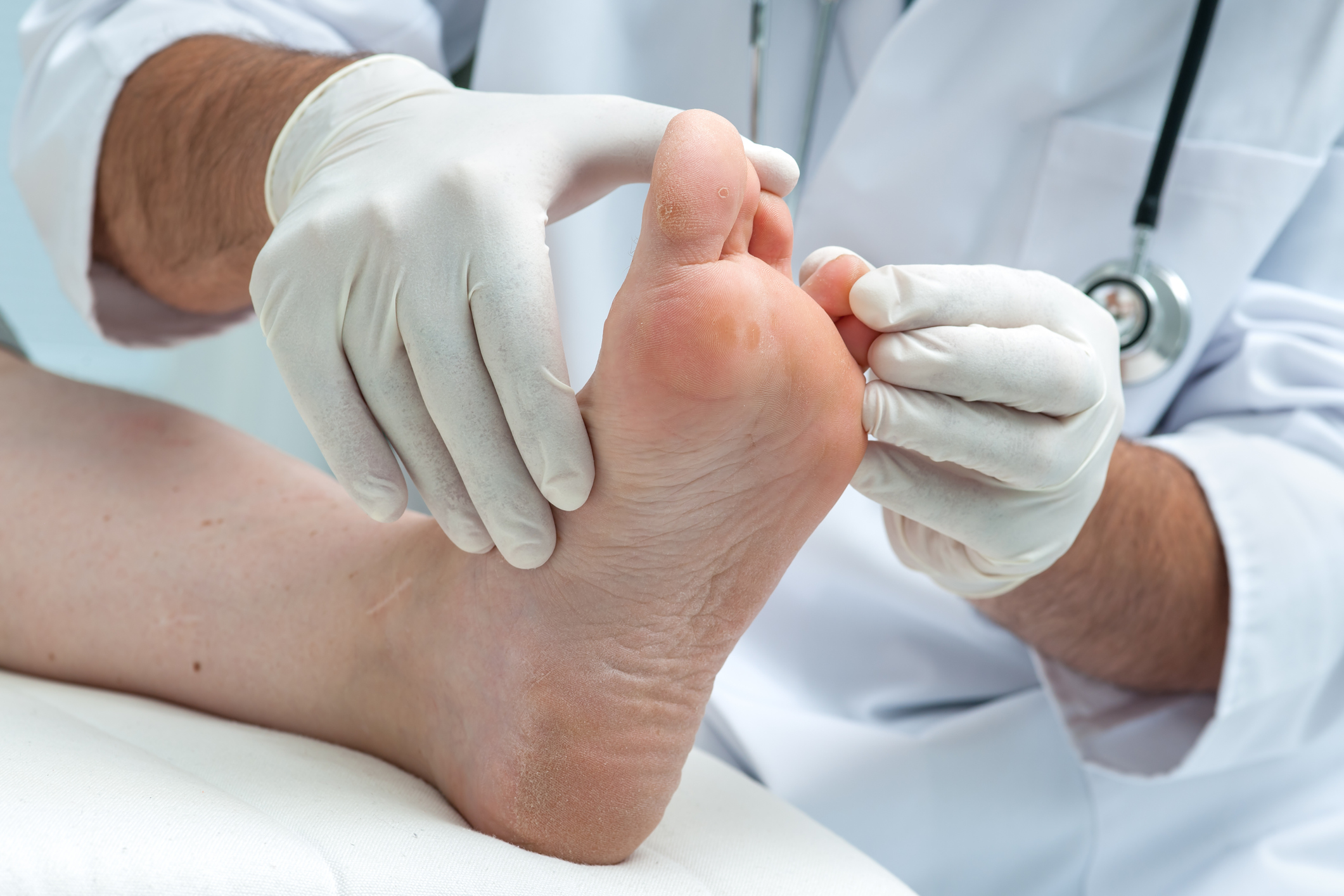Corns and calluses are in the same family of foot conditions, both of them developing in similar ways. Both corns and calluses appear as very thick and hardened layers of skin which happen as a result of your foot protecting itself against harsh conditions.
For most people in optimal health, corns and calluses are not a big deal and do not interfere with their daily living, although some prefer to remove them for aesthetic purposes. However, those who have diabetes or poor circulation in their feet will want to see a podiatrist straight away as corns and calluses can cause complications to their health.
Symptoms
Corns and calluses can be recognized and diagnosed in the following ways:
A hard, raised bump
A thick and rough patch of skin
Dry and flaky skin at the site
Although corns and calluses are caused by the same conditions, they have qualities that set them apart from one another.
Corns are have a hard center that is surrounded by irritated skin and are often much smaller than calluses. Also, while calluses tend to form on the soles or heels of the feet, corns are more likely to appear in areas where no pressure or weight-bearing occurs like the sides and tops of the toes. Corns can also be painful when pressed upon, depending on the location.
Calluses are hardly noticeable except when you look at them as they cause no pain. As mentioned above, calluses also mainly appear on the soles and heels of the feet, or the places where the most weight is beared.
Causes
Repeatedly added pressure to certain areas of your foot is the main cause of corns and calluses, but some things can increase your chances such as:
Wearing ill-fitting shoes. Tight shoes and high heels are the major culprits of most foot conditions as they compress areas of the foot that normally are not when wearing normal, well fitted shoes. Loose shoes can have the same issue as the friction from rubbing can cause corns and calluses.
Not wearing socks. Without that barrier to protect your feet, friction from shoe against bare skin becomes another risk factor.
Prevention
You can decrease your chances of developing corns and calluses by wearing comfortable, well fitted shoes and reducing friction by wearing socks and other inserts.


Comments